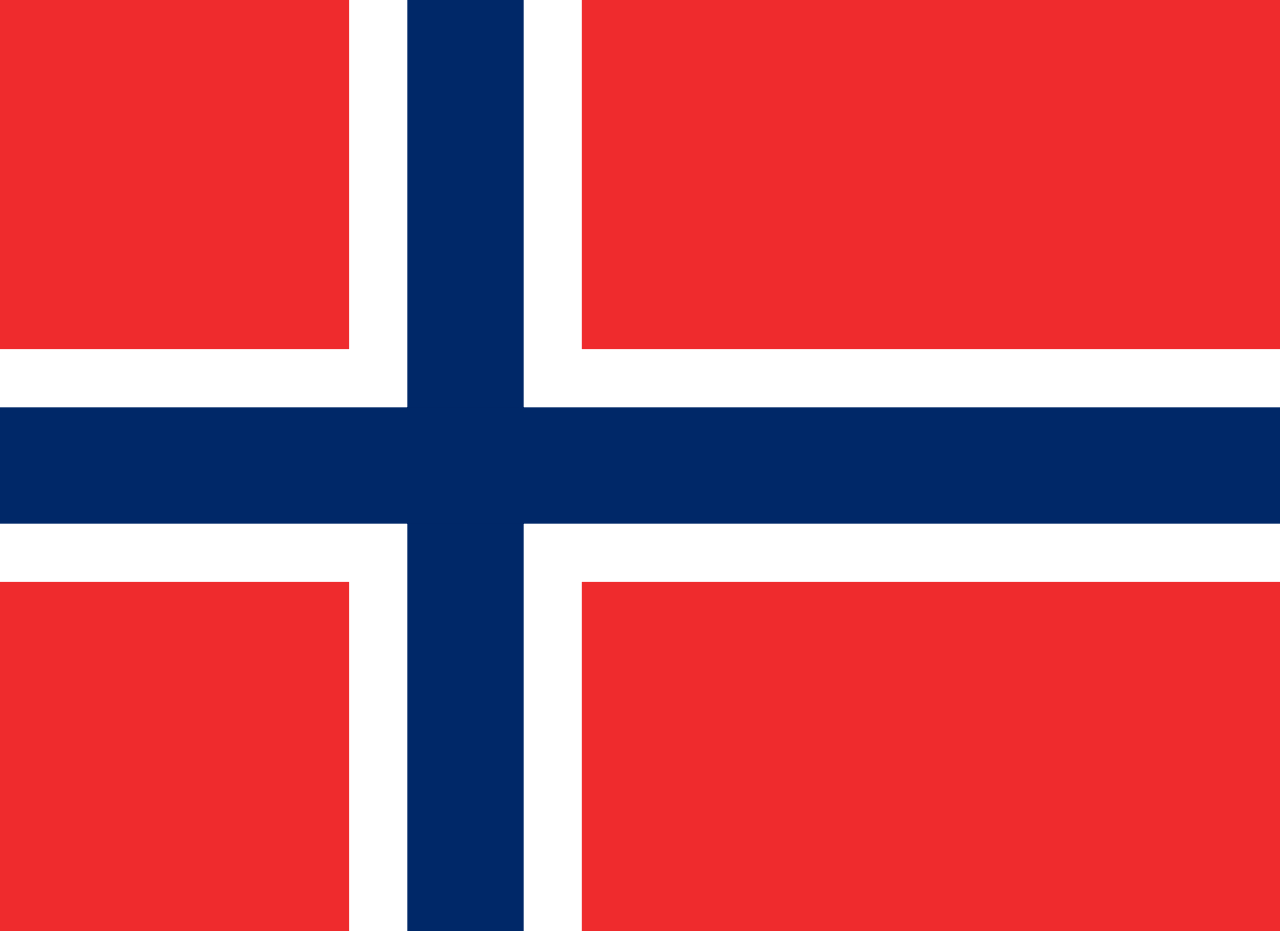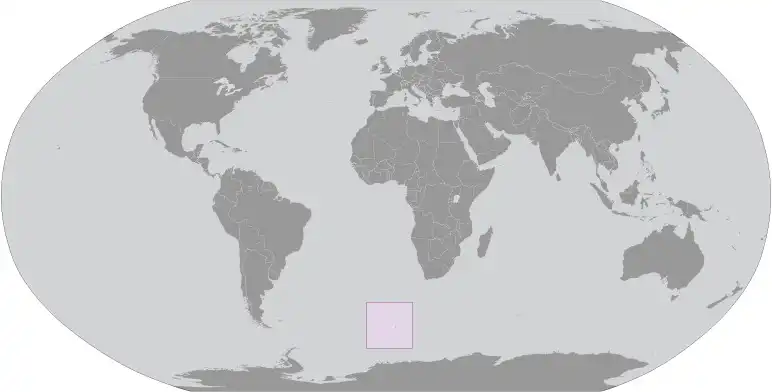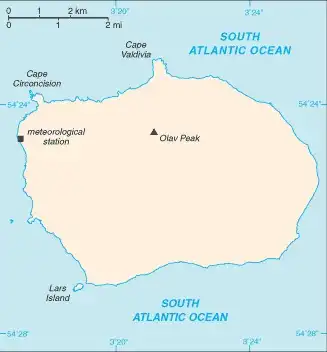
Bouvet Island Country Profile
Key Facts of Bouvet Island

| Government type: | - |
| Capital: | - |
| Languages: | - |
Bouvet Island Demographic Data
Bouvet Island Economy Statistics
Economic overview of Bouvet Island
-Bouvet Island Real GDP (purchasing power parity) in Billion $
no data
Bouvet Island Real GDP per capita in $
No data
Geography of Bouvet Island
Map of Bouvet Island

Land and Water Distrubtion of Bouvet Island
Natural Resources of Bouvet Island
- none 🚫
Climate inBouvet Island
antarctic
History of Bouvet Island - a Summary
This uninhabited volcanic island in Antarctica is almost entirely covered by glaciers, making it difficult to approach. Bouvet Island is recognized as the most remote island on Earth because it is furthest from any other point of land (1,639 km from Antarctica). The island was named after the French naval officer who discovered it in 1739, although no country laid claim to it until 1825, when the British flag was raised. A few expeditions visited the island in the late 19th century. In 1929, the UK waived its claim in favor of Norway, which had occupied the island two years previously. In 1971, Norway designated Bouvet Island and the adjacent territorial waters as a nature reserve. Since 1977, Norway has run an automated meteorological station and studied foraging strategies and distribution of fur seals and penguins on the island. In 2006, an earthquake weakened the station's foundation, causing it to be blown out to sea in a winter storm. Norway erected a new research station in 2014 that can hold six people for periods of two to four months.
